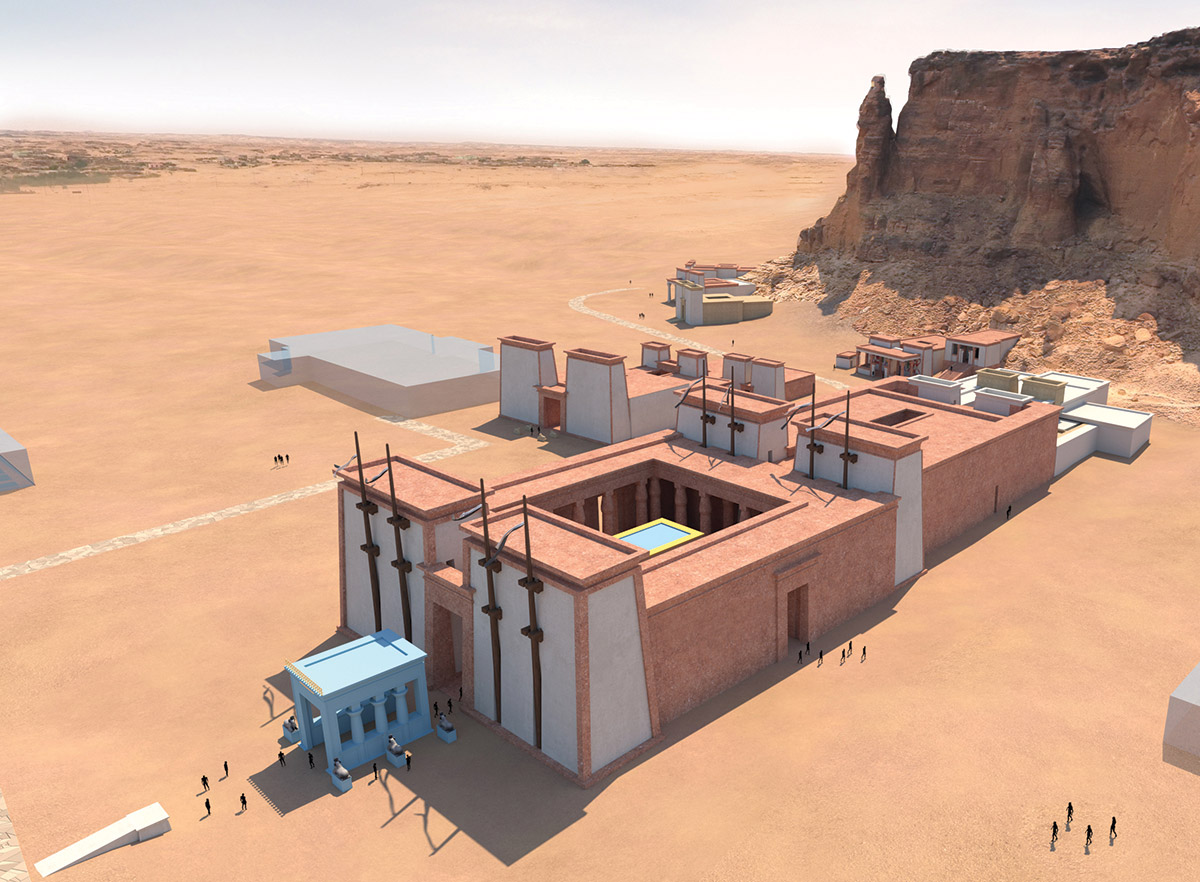Religion in Ancient Kush

We know relatively little about the earliest religion in Kush, but during the period of Egyptian rule (1500–1170 BCE), temples to Egyptian gods were built throughout Kush. After the collapse of the Egyptian empire, Kushites re-established worship of the god Amun in his local ram-headed form by expanding existing temples and building new ones. They also adopted Egyptian funerary traditions including invocation of the god Osiris and other Egyptian ideas of the underworld and afterlife. Some Egyptian rituals of communicating with deceased kings and ancestors were also adopted in Kush. These included pouring offerings of wine or beer onto stone “offering tables” that were set outside burial places.
In the last phase of Kush (the Meroitic period, ca. 300 BCE–300 CE), Kushites began some significantly new religious practices, including worship of the lion-headed Kushite god Apedemak. Other new practices included pilgrimage to holy sites and leaving graffiti at those sites — carving images and texts into the walls of temples, shrines, and other potent places in the landscape.

